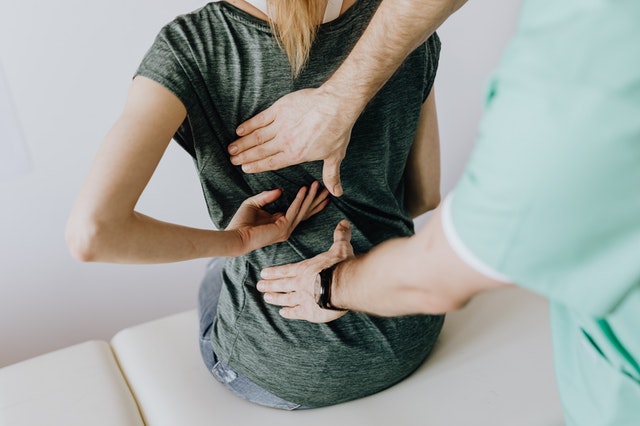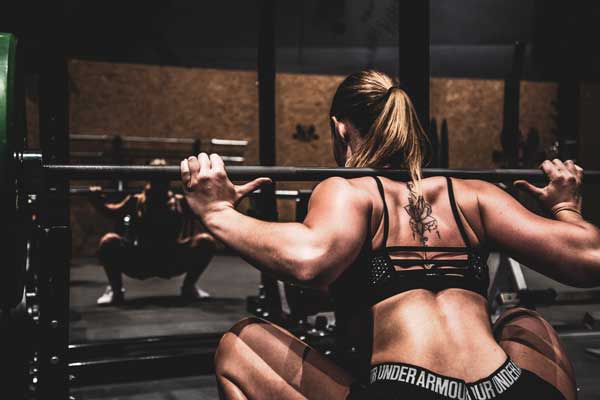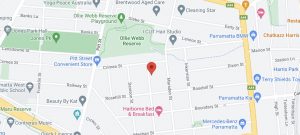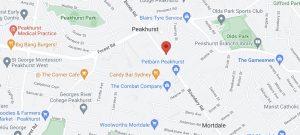Almost everyone has back pain at one time or another. The pain may be in the center of the back or to one side, or even move down the leg. Symptoms of lower back pain may also include pain in the back, buttocks or legs, stiffness and limited motion and spasm.
What are the risk factors?
Things like obesity, lack of exercise, heavy physical work, accidents, vibration (i.e., driving a truck), smoking, and family history may add to the chance of having low back pain. One of the biggest predictors of Lower Back Pain is previous Lower Back Pain.
Being overweight may increase risk for LBP because of the added stress on the back.
How does lower back pain occur?
There are many factors that can cause Lower Back Pain. Pulled muscles, strained ligaments, tight joints or small tears in the disks (shock absorbers which are stacked between the vertebral spinal bones) are all likely causes.
Should I have an x-ray?
As a rule, most people with LBP do not need an x-ray. X-rays do not provide any useful information that has an effect on treatment. A Practitioner may order x-rays or other studies if your specific symptoms indicate a need for these tests or if your back pain does not show improvement in 4-6 weeks.
 How is Lower Back Pain treated?
How is Lower Back Pain treated?
The good news is that 90% of people with acute low back pain recover within 4-6 weeks.
Basic points of a program for treating low back pain include:
- Stay active. Lying in bed or cutting back on activity is not helpful. People get better faster if they stay active at home and work. Common exercise such as walking, swimming or riding a stationary bike can be helpful in many cases.
- Your Practitioner may adjust your activity if your job or the sports you play are very putting too much stress on your lower back.
- A Practitioner may suggest doing stretches 2-3 times daily in most cases. Hold the stretch for 20-30 seconds, take a break and do it again. If a stretch seems to make things worse, or if it causes pain to go down your leg, seek further advice from your Practitioner
- The program should respect that you need a minimal amount of stress on the lower back so it can get stronger. We want the minimum effective dose here
- Heat packs may be helpful if stiffness is a problem as it will encourage the movement of blood
When do I seek treatment for lower back pain?
- Seek treatment if the pain persists for more than a couple of days with no improvement
- Seek treatment if you feel that there are some contributing factors to the LBP that could be helped by a competent practitioner
- Seek treatment if there is a severe amount of pain that is stopping you from performing everyday tasks
What can I do to help prevent low back pain?
You can reduce the strain on your back by doing the following:
- Beware of increases to your bodyweight. Either slowly over time, or over a shorter period of time
- Treat any nagging injuries so that they don’t contribute to LBP
- Participating regularly in an exercise program will help your back, plus it will keep you healthy, overall.
- Strength training done correctly is also good for your body and back.
- Keep in mind that, stronger muscles will allow you to do more work and help reduce the risk of back injury.
- When lifting a heavy object keep the object close to your body and bend from your hips and knees. The stronger your hips and legs are, the easier it will be to lift.
- When you sit, sit in a straight-backed chair and hold your spine against the back of the chair.
- Avoid lifting heavy objects higher than your waist.
- Avoid sitting in one place or in one position for a long time. Get up and stretch, walk about and change positions.
- Lie on your side with your knees bent when you sleep or rest. It may help to put a pillow between your knees.
- Put a pillow under your knees when you sleep on your back.
- If you smoke, ask your doctor for help on how to quit. Smoking limits blood flow to the discs and muscles in your back and slows their healing.
How do I rest my back?
To rest your back, hold each of these positions for 5 minutes or longer:
- Lie on your back, bend your knees, and put pillows under your knees.
- Lie on your back, put a pillow under your neck, bend your knees to a 90-degree angle, and put your lower legs and feet on a chair.
When can I return to my activity or sport?
The goal of rehabilitation is to return you as soon as is safely possible to your normal activity. This includes strenuous activity and sports. If you return too soon you may worsen your injury, which could lead to permanent damage. People recover from injury different rates. When you can return to your activity will depend on how soon your back gets better. It does not depend on how many days or weeks it has been since before you were injured. Most of the time, the longer you have symptoms before you start treatment, the longer it will take to get better.
It is important that you have fully recovered from your low back pain before you return to any strenuous activity, which includes sports. You must be able to have the same range of motion that you had before your injury. You be able to run, jump and twist without pain.


 How is Lower Back Pain treated?
How is Lower Back Pain treated? 
